
Mode Designs SixtyFive · a celebration of materials
7 min read Mar 31, 2022
Note
Mode Designs lent me a keyboard that they fully assembled to my desired specifications. I returned the keyboard after my review and was not compensated. Mode also didn’t review this post before publishing.
I’ve been following the mechanical keyboard hobby for years. While high-end keyboards from RAMA WORKS, Keycult, Omnitype, and the like, have tempted me, I haven’t taken the plunge. I currently use and love the ZSA Moonlander (see my setup and review in my latest desk setup essay). It nearly perfectly suits my needs.
So, when the folks at Mode Designs asked me if I’d like to try one of their keyboards, my answer was a no-brainer. I’ve had the Mode SixtyFive in my studio for a few months. I’ve put it through its paces, including design, coding, writing, and photo editing.

The ordering experience
I can’t speak for the ordering and payment process. However, Mode’s unique approach to configuration and order fulfillment needs mentioning.
Most mechanical keyboards are available in a variety of colors. Occasionally, there are one or two parts that can be chosen in alternate colors or materials. Mode takes this one step further. They offer a configurator similar to the car industry. You can choose from a plethora of materials and finishes for every single part when ordering.
Many smaller keyboard businesses collect their orders upfront before manufacturing and fulfilling those orders. One of my favorites, RAMA WORKS, can take up to a year and a half from closing orders to when the first products arrive. That’s quite a wait!
Mode starts the manufacturing process before orders open. So, when people begin putting keyboards in their carts, they only have to wait months, not years, for their products to arrive.
The SixtyFive
The SixtyFive, as the name suggests, features a 65% layout — a layout that’s compact with space for arrow keys and four navigation keys. Of course, each key is entirely configurable using VIA or QMK.
When choosing the keyboard to try, I went with the SixtyFive over the Eighty because it’s more compact and offers more material choices. If there’s anything that the SixtyFive celebrates, it’s materials.
For just the case, I could choose from aluminum, polycarbonate, brass, copper, and titanium. These materials come in a dazzling array of finishes, including a rainbow-like coating on the titanium backpiece and a mirror-like plating on the brass bottom piece. Check out the configurator to get a true sense of the level of customization offered.
The keyboard comes together like a sandwich. Below the printed circuit board (PCB), you can add a silicone base or foam or leave it empty. Above the PCB comes a plate to hold the switches. The case comes together as a top and bottom piece that screw together at the back. Cleverly, the magnetic back piece hides these screws.
The result is a keyboard that looks tightly integrated yet offers easy access to the inside.
My build
I went for a build inspired by Apple’s design language in the early 2000s — a mix of white, transparency, and silver.
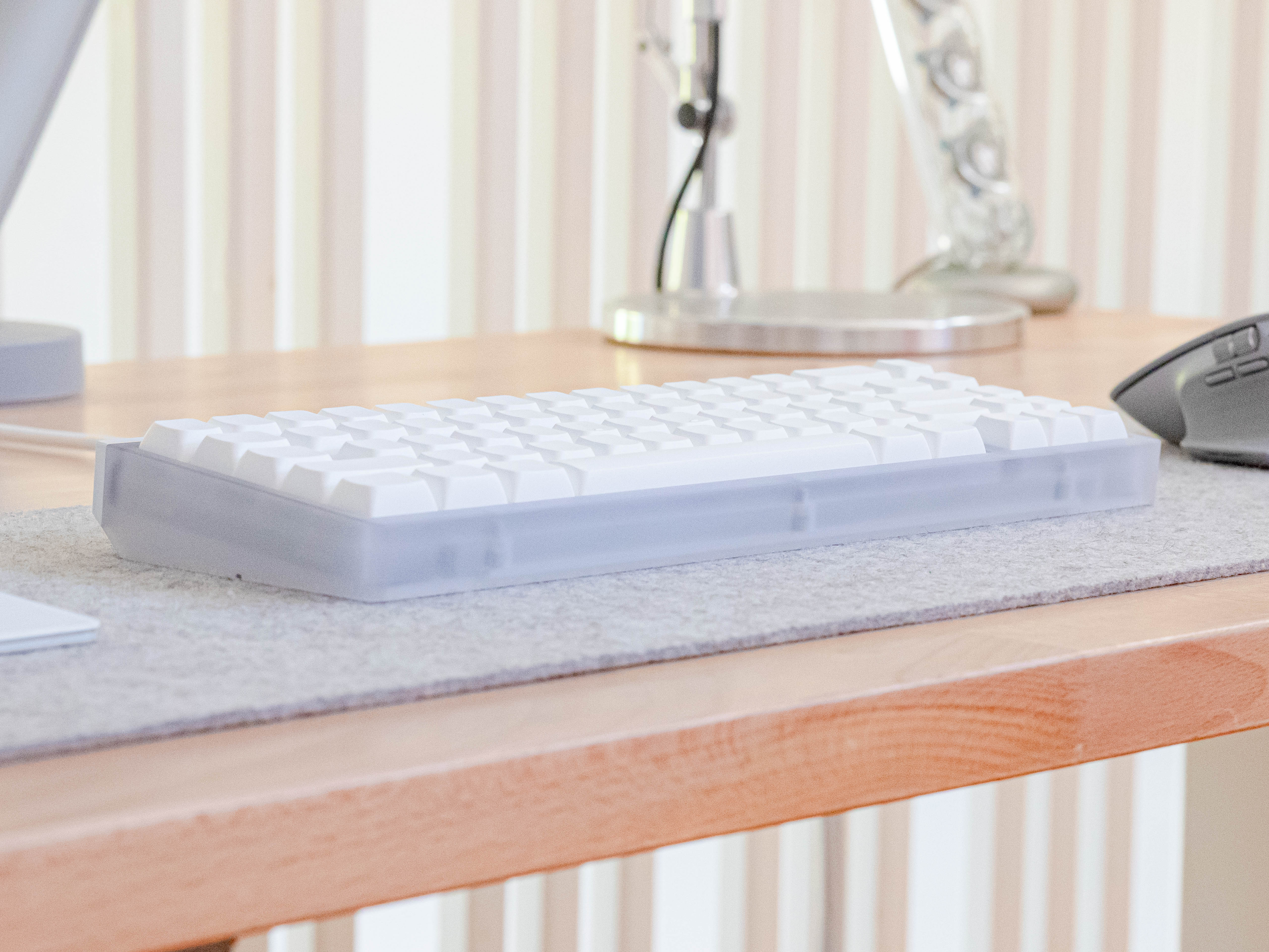
The top housing is made from CNC-machined and sandblasted clear polycarbonate. The finish allows just a bit of the inside of the keyboard to show through without adding visual noise.
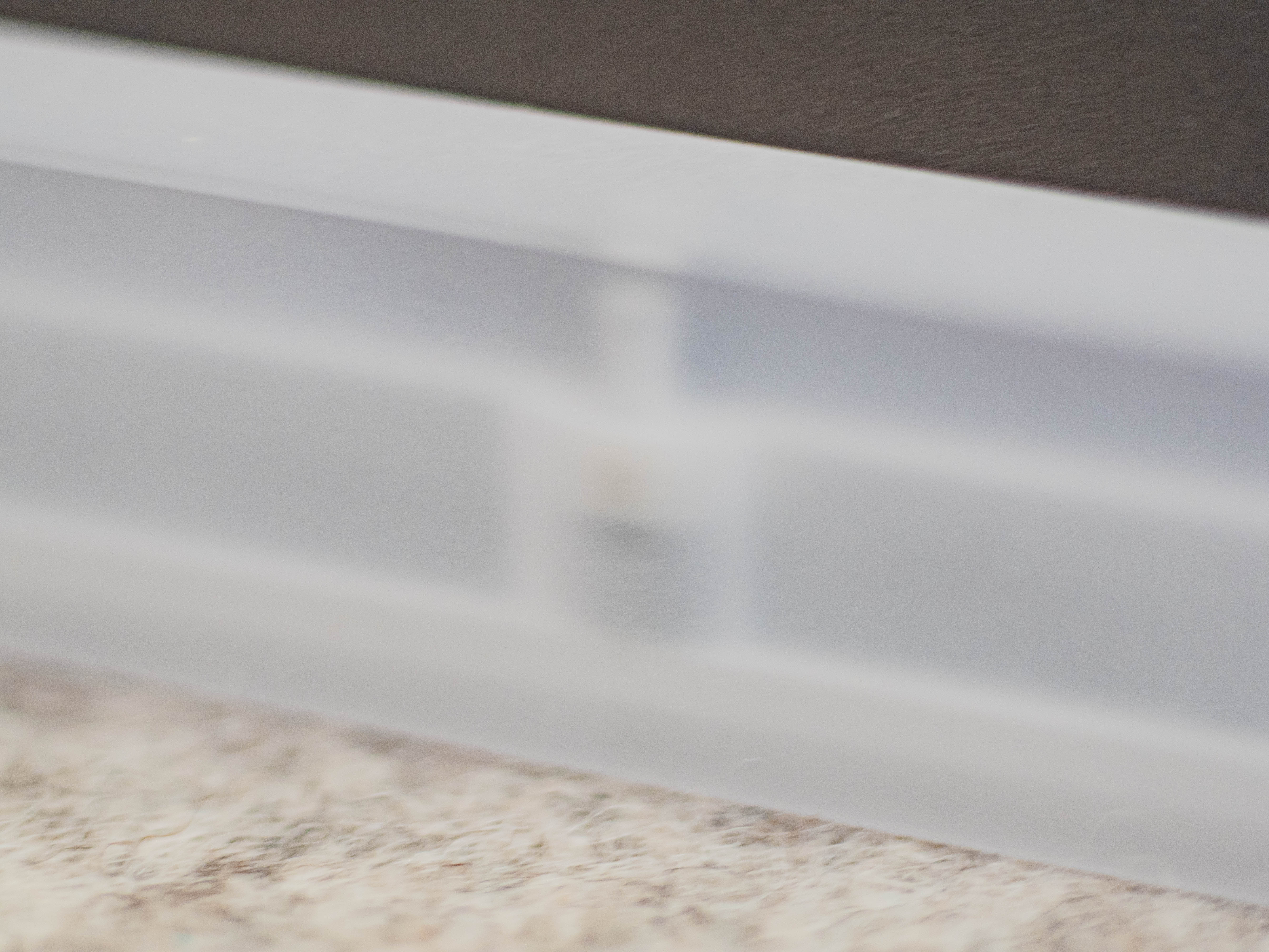
The bottom was hewn from a solid piece of machined brass later electroplated and polished to a mirror finish. I opted for grey feet to blend in with the mirrored bottom.
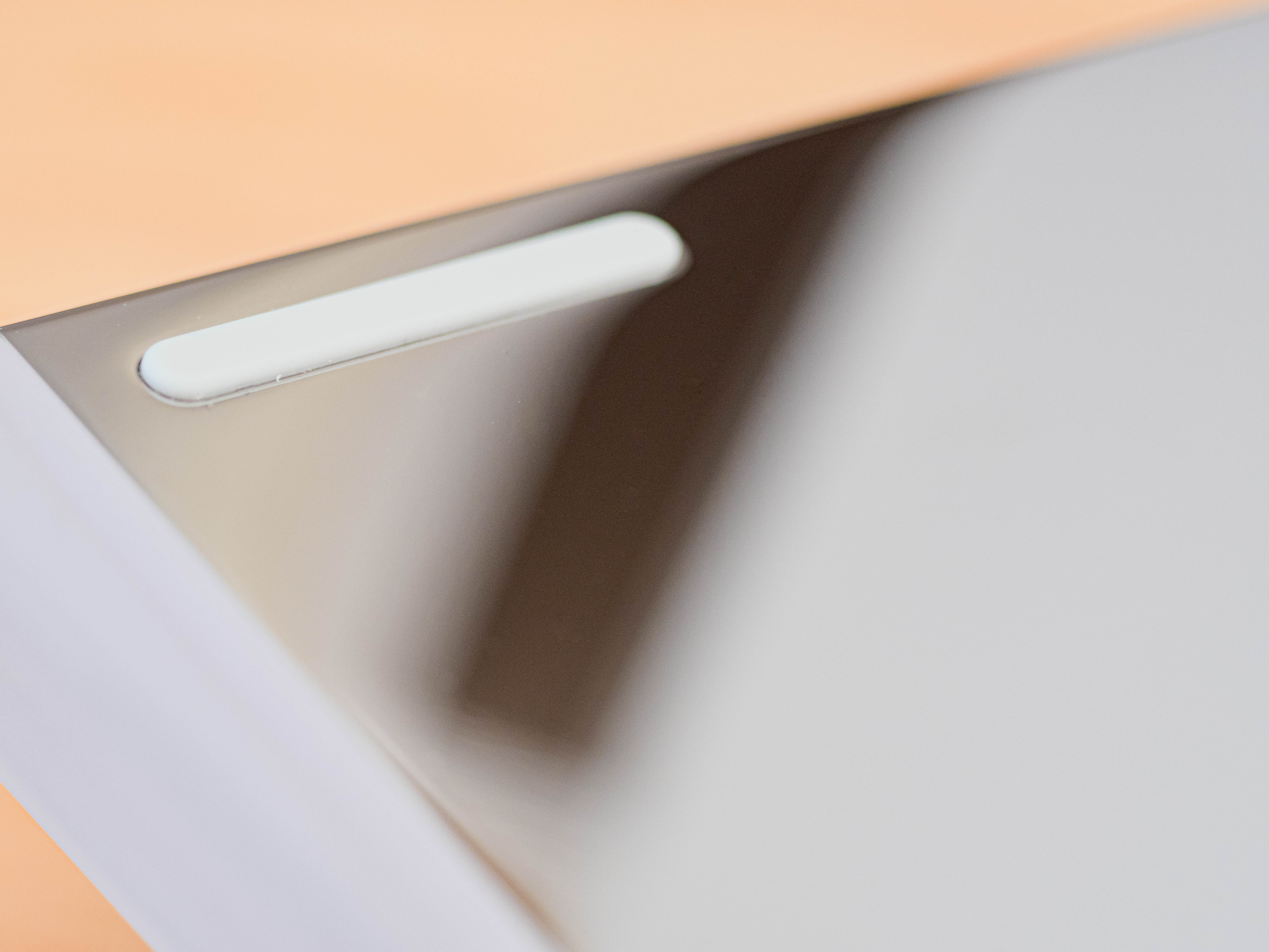
The backpiece is aluminum with a white electrophoresis coating.

Mode sent over a copper backpiece as well, which, while it doesn’t fit my setup, could be a great accent to go along with another color scheme.
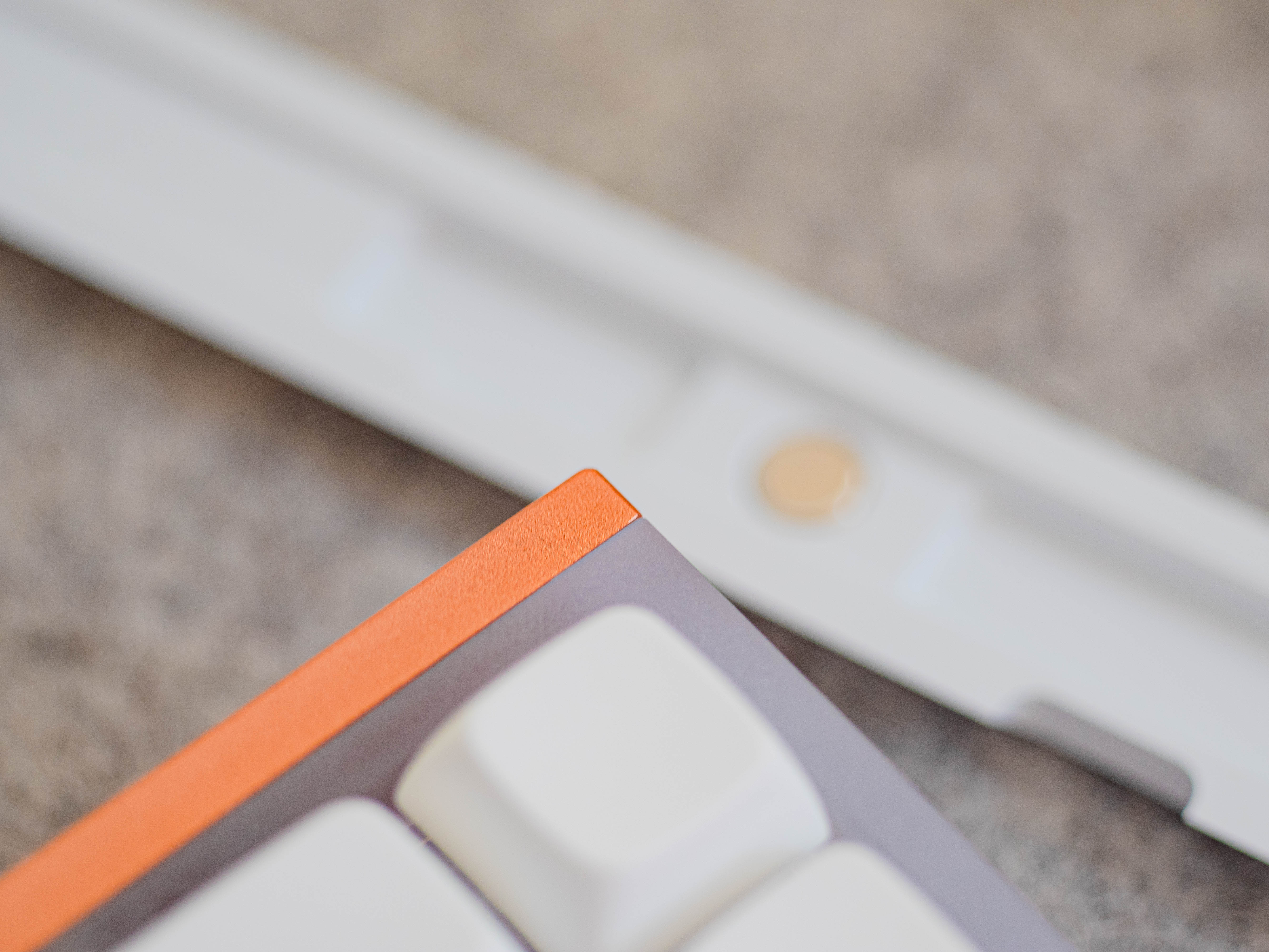
For the plate, I went with a standard FR4 full plate. There is an option of a half plate, which can offer a more cushioned feel. I prefer a more solid feel, hence the full plate.
Mode offers both plate foam and a silicone base to fill the void between the bottom and the PCB. I opted for nothing, but Mode included a silicone base for me to try.
Mode installed Mode Reflex linear switches and Durock V2 stabilizers, all individually lubricated with Krytox 205g0. I also tried Kailh Box White clicky and Zealio V2 tactile switches I had on hand.

They also included their Infinikey Dark Mode PBT keycaps. These keycaps give the board a look similar to the Titanium Powerbook and Apple Pro keyboards from today. I also tried out the blank white NP PBT keycaps that I use daily on my Moonlander.

Mode shipped a high-quality black braided USB-C to USB-A cable. I opted instead to connect it to the long white USB-C cable that I already have wired up in my desk.
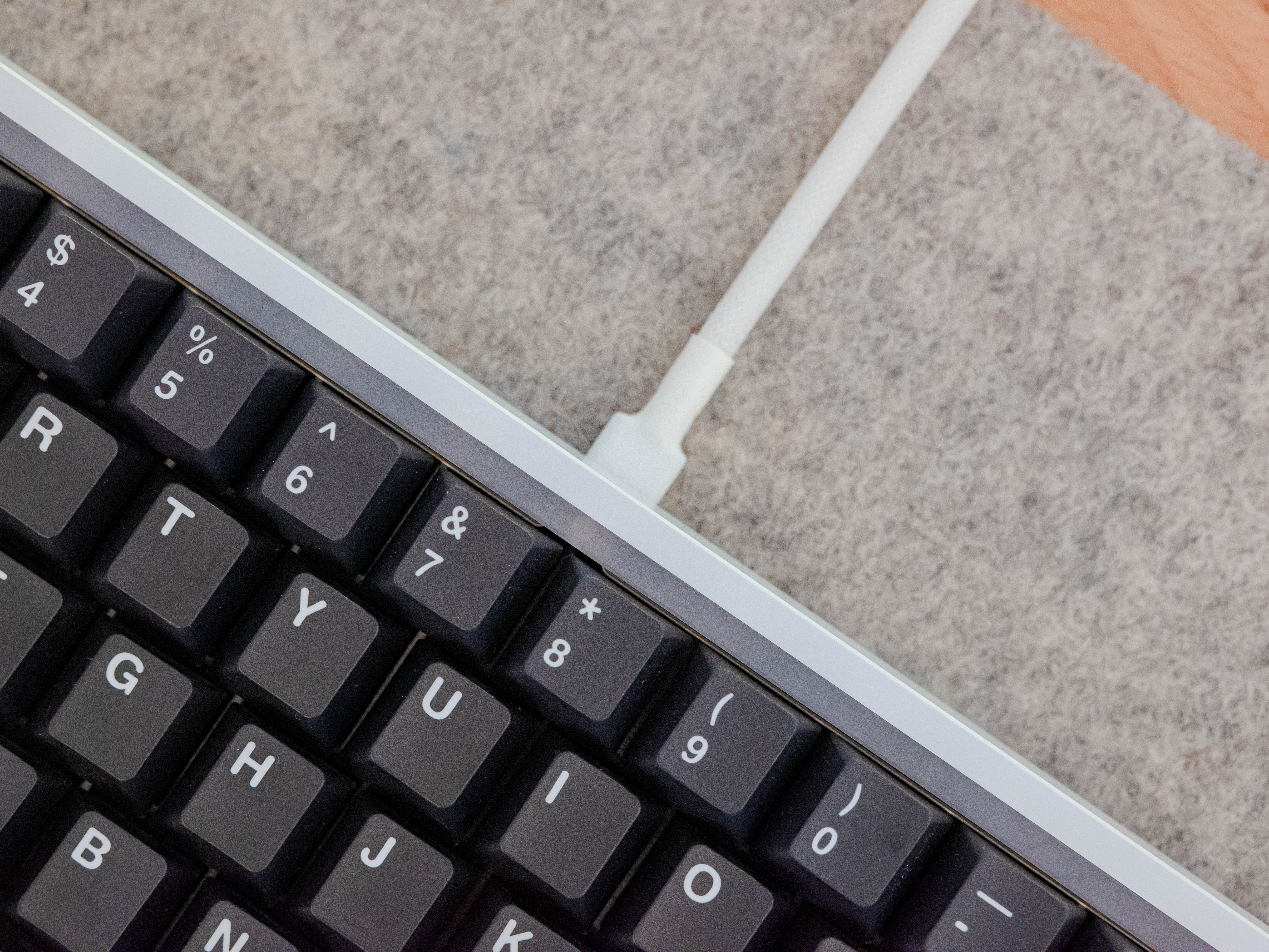
Impressions
Aesthetics
As I wrote earlier, I believe that our tools should inspire us and reflect the people we’d like to become. It all starts with aesthetics. Our tool’s aesthetics directly impact how we work and how we feel about our work.

In that regard, the Mode SixtyFive scores high points. Seeing an Apple-inspired mechanical keyboard on my desk, I couldn’t help but feel charged and ready to create. The beautifully machined materials invited me to sit down and start typing.
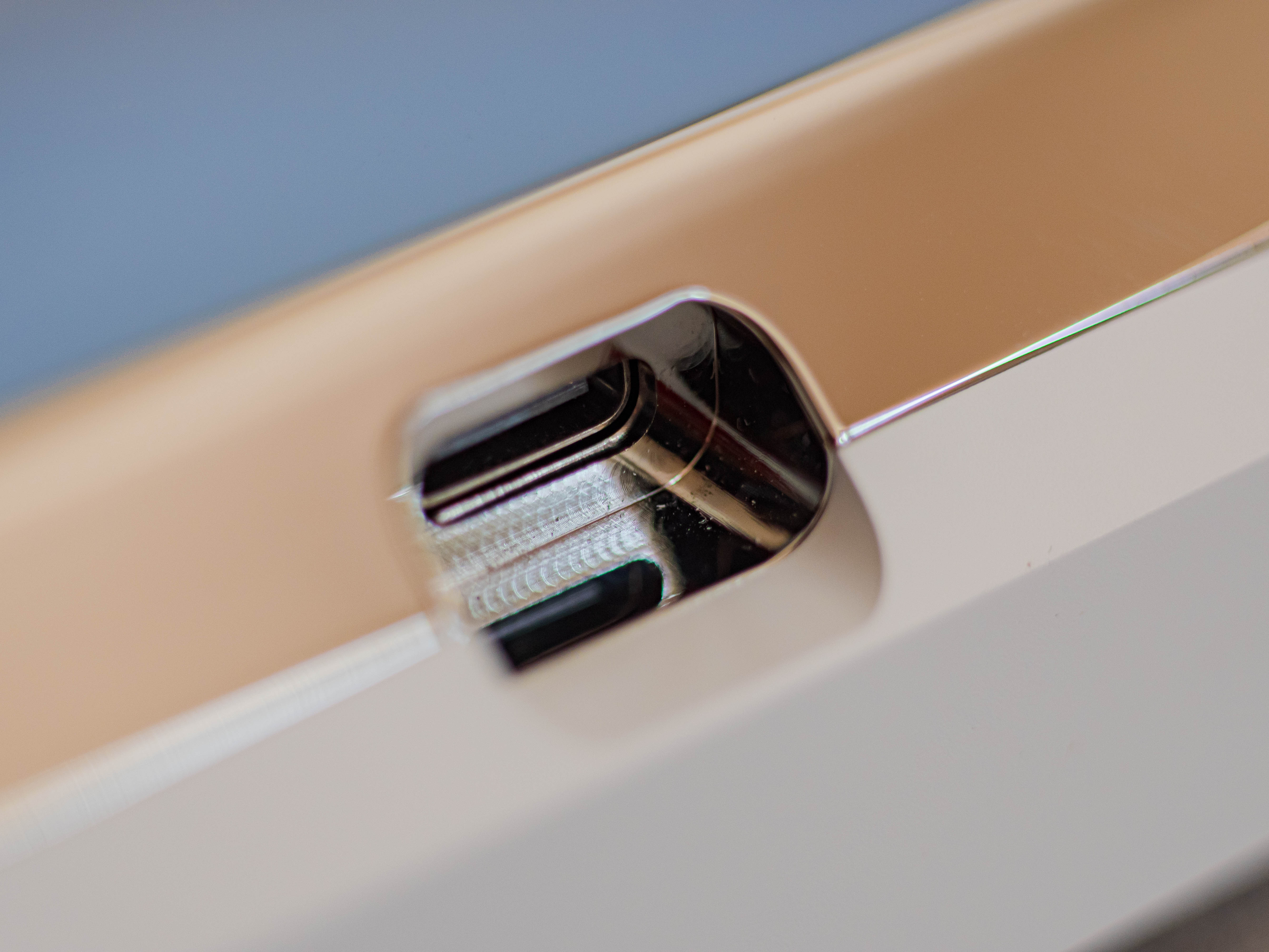
The Infinikey Dark Mode PBT keycaps are white PBT with a black background applied through dye-sublimation. The black is not a deep black, but a dark gray.
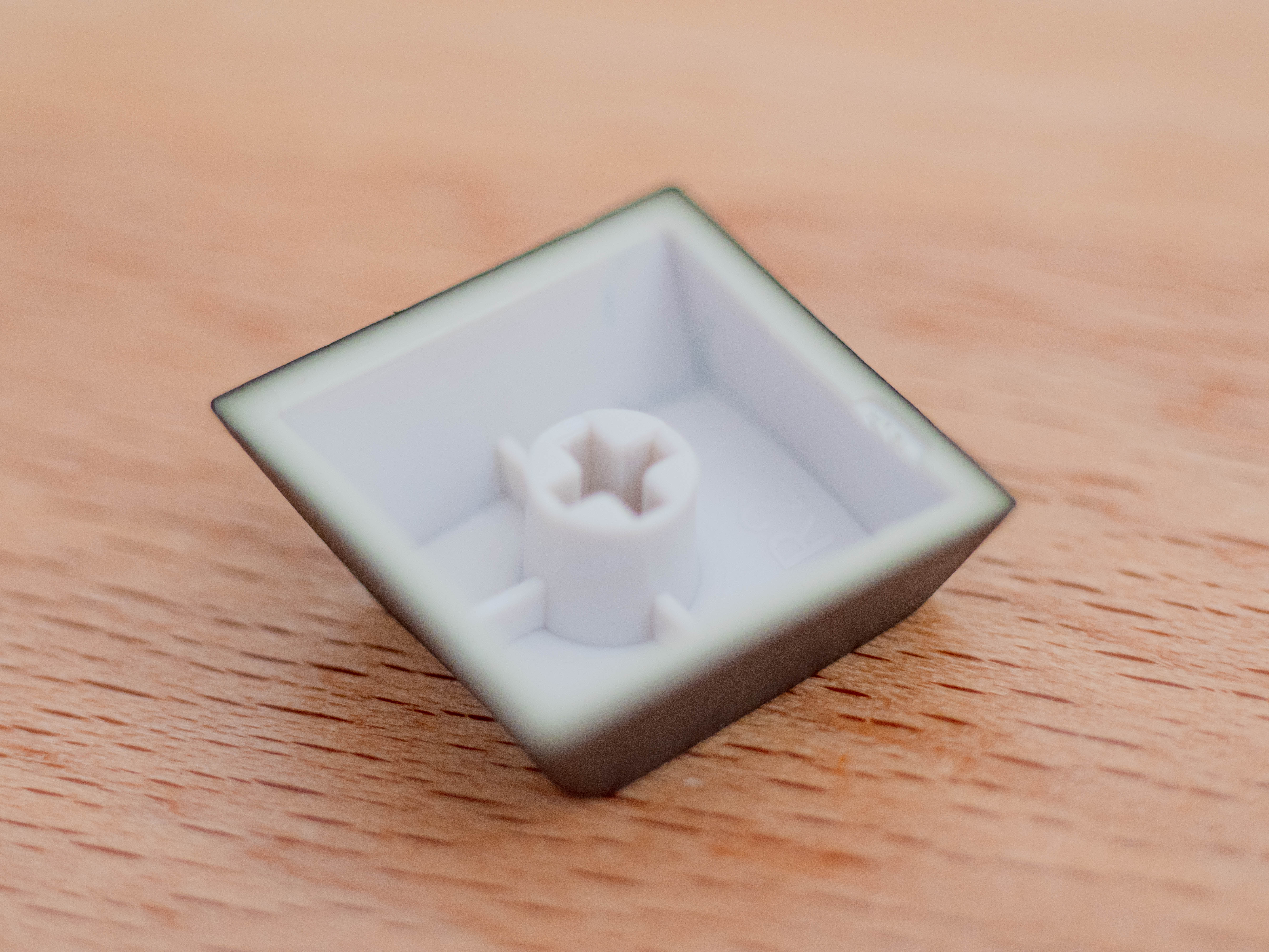
The legends are set in a rounded font. The arrow keys and letters sit at the top left of each key. The quality is as good as any other PBT keycaps I’ve seen. Keep in mind that the edges of the legends will be fuzzy when inspected extremely close. Additionally, legends that extend to the corner (like the letter T) look a little warped due to the concave profile of the keycaps.
Assembly
While Mode did send this keyboard fully assembled, their keyboards usually ship unassembled. I took apart and reassembled the board while experimenting with the silicone base.
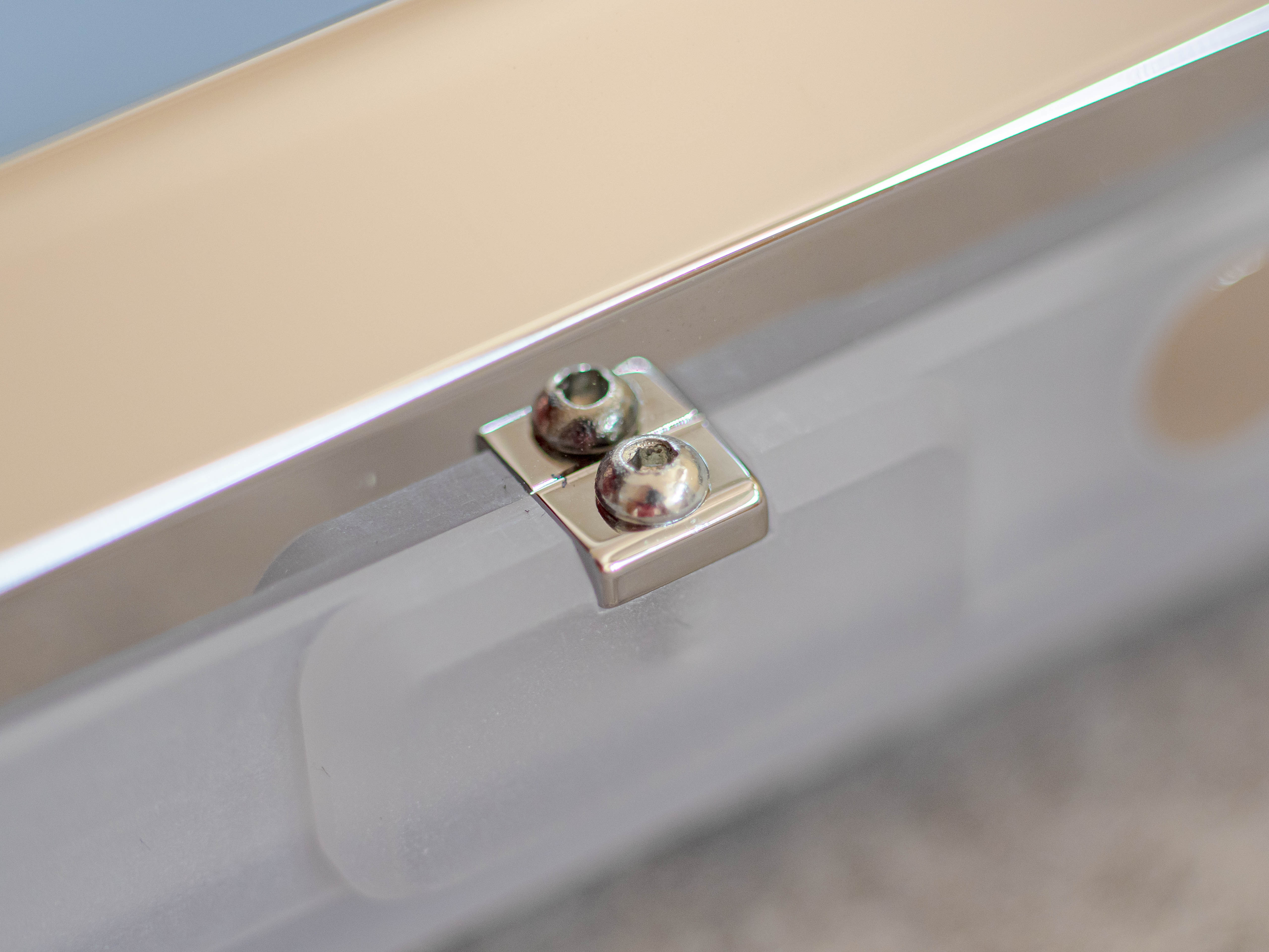
Their site has beautifully photograph instructions that look a lot like iFixit’s repair guides. They were easy to follow, but any seasoned keyboard hobbyist probably won’t need the instructions. The board comes together quickly. Additionally, tolerances are nearly perfect, so there is never doubt as to whether a part is seated correctly or not.
Feel
The contrast of textures between the different parts makes this keyboard a joy to touch.
How was the typing experience? Excellent. The gentle tilt combined with the precisely-lubed Reflex switches made for a light cushioned feeling. I usually prefer tactile and clicky switches. After using the Reflex switches, I’m tempted to try out linear switches.

As for the mounting options, I didn’t feel any noticeable difference in typing with and without the silicone base. I’m assuming the half plate option would make for a more flexible, cushioned experience.
Sound
This build sounded heavenly with the top mount (no silicone base). Switch to stack mount (add a silicone base), and it sounded even better. It’s ideal for a shared office environment.
I’m generally wearing my AirPods Max with noise canceling on when deep at work. With this keyboard, I never wore the headphones. The sound added that much fun to the experience.
Check out Input Magazine’s review to hear how the SixtyFive sounds.
Conclusion
If someone asked me for a recommendation for a staggered layout keyboard, the SixtyFive would be it. It’s compact while preserving the arrow keys and some navigation keys, balancing space and functionality.
Build quality is top-notch. The material and finish options allowed me to build this early 2000’s Apple-inspired build. I’m pretty sure nearly anyone could configure one to fit their style.
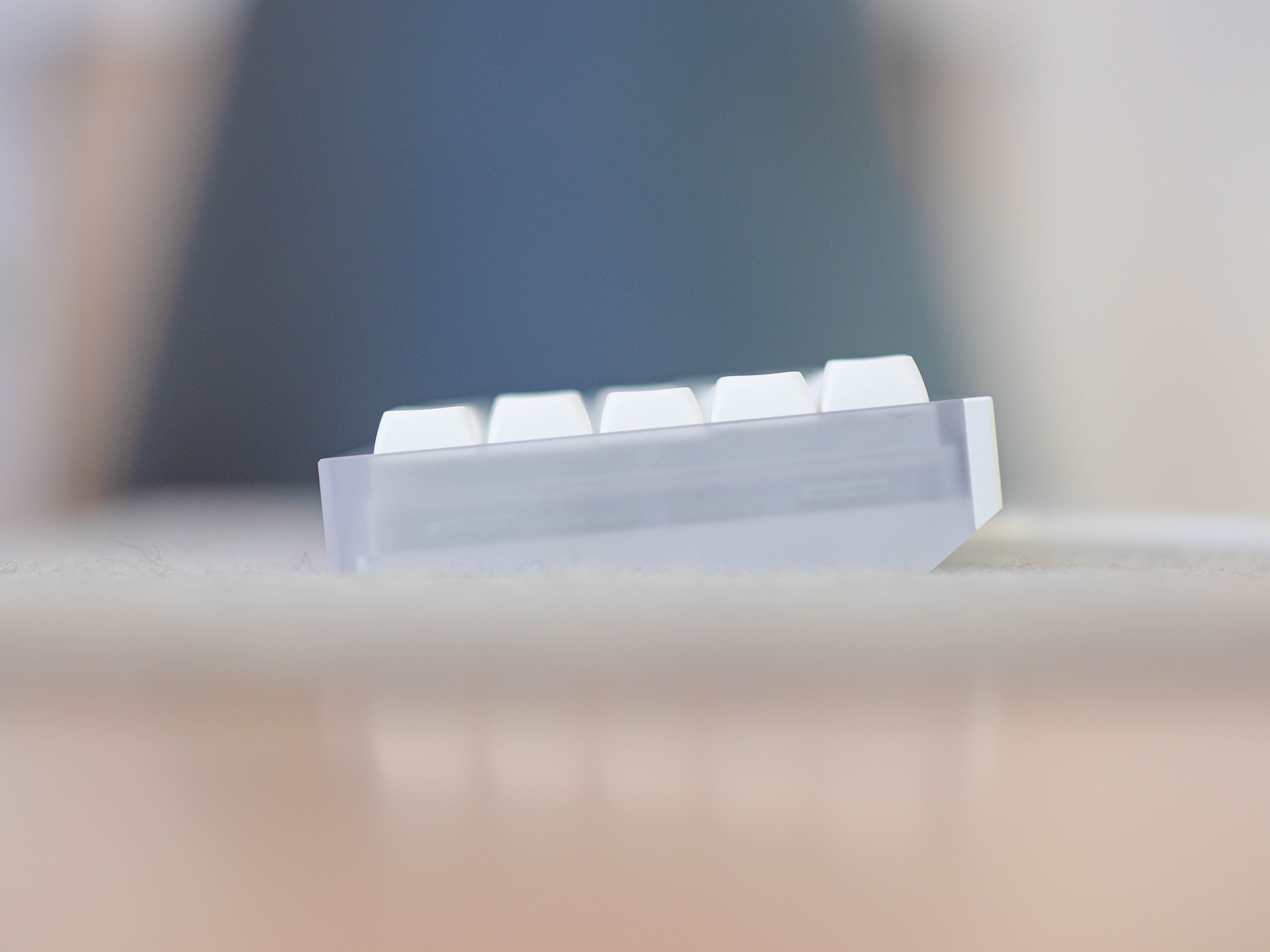
The documentation and assembly experience was also equally well-thought-out. Mode Designs has nailed it with the SixtyFive.
Photographs shot using:
- Leica CL
- Leica Summicron-T 23mm f/2.0 ASPH.
- Sigma 56mm f/1.4 DC DN Contemporary
- Leica Macro-Elmarit-R 60mm f/2.8
Thanks to Q for reading drafts of this.